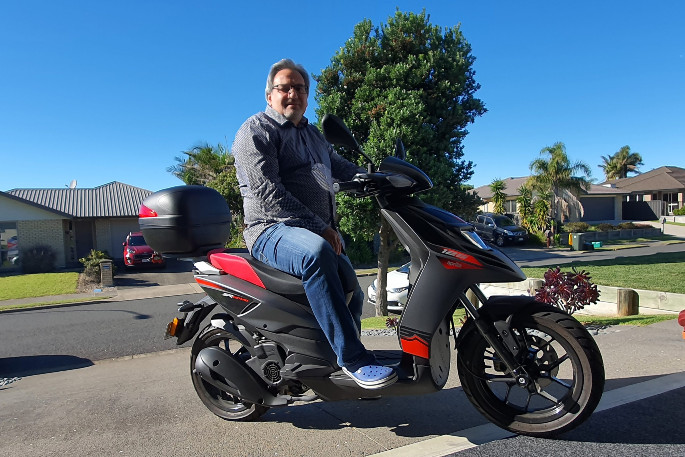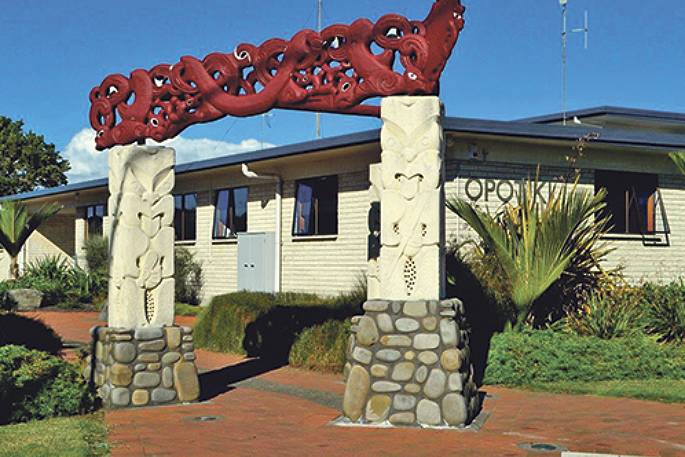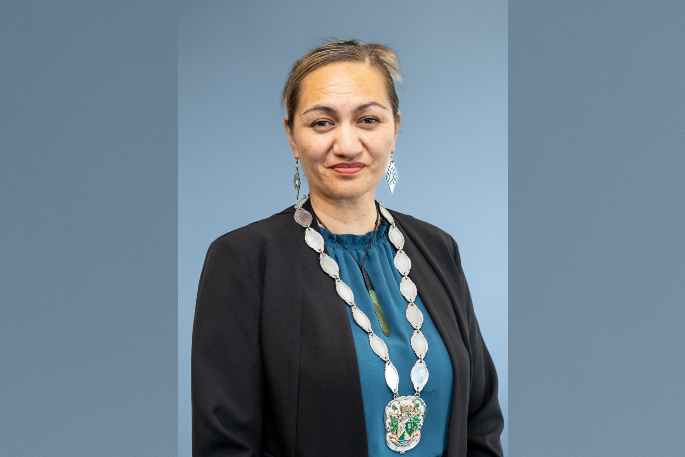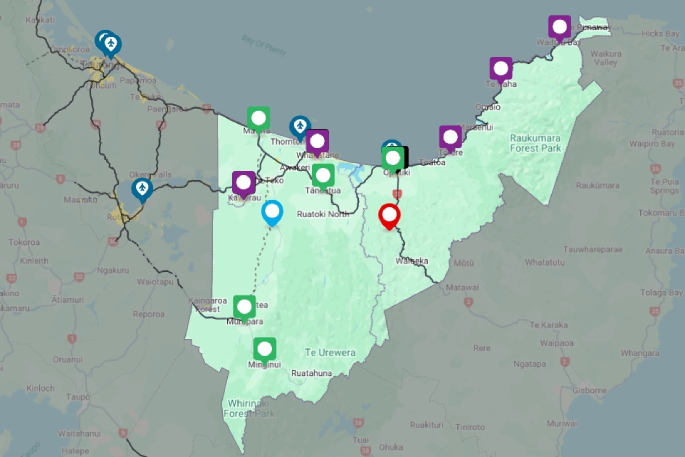A proposal for how to address growth and guide the future of the Eastern Bay of Plenty sub-region is now out for community feedback.
Our Places – Eastern Bay Spatial Plan will set out where the Eastern Bay wants to head and provide a roadmap, or spatial plan, for how to get there.
Decision makers such as councils, iwi partners, government agencies use spatial plans to come up with options for the future of spaces and places – for example, how towns might spread out or up, what might be needed for homes, papakāinga, business and recreation inland and on the coast, and what infrastructure - such as pipes and roads - might be needed to support growing communities.
It will help shape what the Eastern Bay of Plenty could look like in 30-plus years and map out the path for how we can get there, an Our Places spokesperson said.
Independent Chair of the Project Governance Group Vaughan Payne said the Eastern Bay is renowned for its outstanding natural and cultural taonga, attracting people to our region over the centuries, and we have a collective responsibility to care for the needs of current and future generations.
“Currently, nearly 57,000 people call the Eastern Bay home, with nearly 60 per cent or around 33,500 people are living in the townships. Over the next 30 years, we need to plan for at least 12,000 extra people or 5500 homes – that’s like adding two times all the dwellings in Kawerau.
“We need to think about and plan carefully for where we can put people and provide opportunities for businesses to grow and develop.”
.jpg) Ohiwa, Whakatāne. Photo: EBOP Spatial Plan.
Ohiwa, Whakatāne. Photo: EBOP Spatial Plan.
Over the past year, Whakatāne, Kawerau and Ōpōtiki District Councils, with support from Toi Moana Bay of Plenty Regional Council, iwi and government agencies, have been collecting information about the sub-region. This includes data on population growth, land management, the state of infrastructure, climate change and natural hazards, and economic outlook.
"This information provides a snapshot of where we are now and, in addition to other knowledge and information provided by local communities, this snapshot will become a completed picture of what the Eastern Bay could become in the future.
"The completed picture provides a roadmap, or spatial plan, for how we get there, and can help provide long-term certainty about what is important for the Eastern Bay, based on evidence and what the people of the Eastern Bay value."
 Whakatāne District Council Mayor, Dr Victor Luca. Photo: Supplied.
Whakatāne District Council Mayor, Dr Victor Luca. Photo: Supplied.
Whakatāne District Council Mayor, Dr Victor Luca, said it’s critical to work with neighbouring councils to align zoning and development with regional plans, ensuring a strong, coordinated future for the entire area.
“We’re taking a practical approach. Our Places will directly shape the future of our district and Eastern Bay, impacting not only us, but also our children and grandchildren.
“There are important discussions to be had around climate change, housing intensification and water, energy and transport infrastructure. Hearing directly from our community about their vision for the future and the reasons behind it is essential.”
 Ōpōtiki District Council. Photo: Supplied.
Ōpōtiki District Council. Photo: Supplied.
Ōpōtiki District Council Mayor, David Moore, said it is important that the district has a roadmap to help consistent decision making across the sub-region.
“When it is finalised, this document will help decision-makers now and in the future, providing consistency for how we grow and develop in the Eastern Bay.
“When Ministers Shane Jones and Winston Peters were here last month, they both reiterated the importance of these documents for central government, to trust we’ve done the thinking for the long-term and we are aligned. Looking ahead, and having a good idea of what might be coming, is much better than making each individual decision in an ad-hoc way.”
 Kawerau District Council Mayor, Faylene Tunui, Photo: Supplied.
Kawerau District Council Mayor, Faylene Tunui, Photo: Supplied.
Kawerau District Council Mayor, Faylene Tunui, said having a plan for the people of the Eastern Bay, today and tomorrow, is key.
“Those who call the Eastern Bay home see it as that – their home. This is where we choose to live and raise our families, work and raise an income, either working for someone else or by starting a business, and contributing and volunteering our skills to grow ‘home’," Tunui said.
“Part of the process of growing is planning what we need in the best place, at the best time, bringing together our best partners to co-deliver a plan brought together by the Eastern Bay, for the Eastern Bay.
“Our ‘home’ has changed over time and we must ensure that we take into account our subregional experiences and learnings’ to look after those who are here today, while laying a solid foundation for those who will be here, tomorrow.”
 EBOP Spatial Plan map. Image: EBOP Spatial Plan.
EBOP Spatial Plan map. Image: EBOP Spatial Plan.
Community consultation for Our Places – Eastern Bay Spatial Plan is happening now through to Sunday, November 17.
People can share their views online at www.ebopspatialplan.org.nz or by completing a hardcopy survey, available at Whakatāne, Ōpōtiki and Kawerau District Council offices and libraries.
There are also a number of public events and workshops being held; you can find dates and details online at ourplacesebop.org.nz
Once consultation closes, all feedback will be compiled and a draft spatial plan will be released to the public for feedback.

.jpg)

0 comments
Leave a Comment
You must be logged in to make a comment.